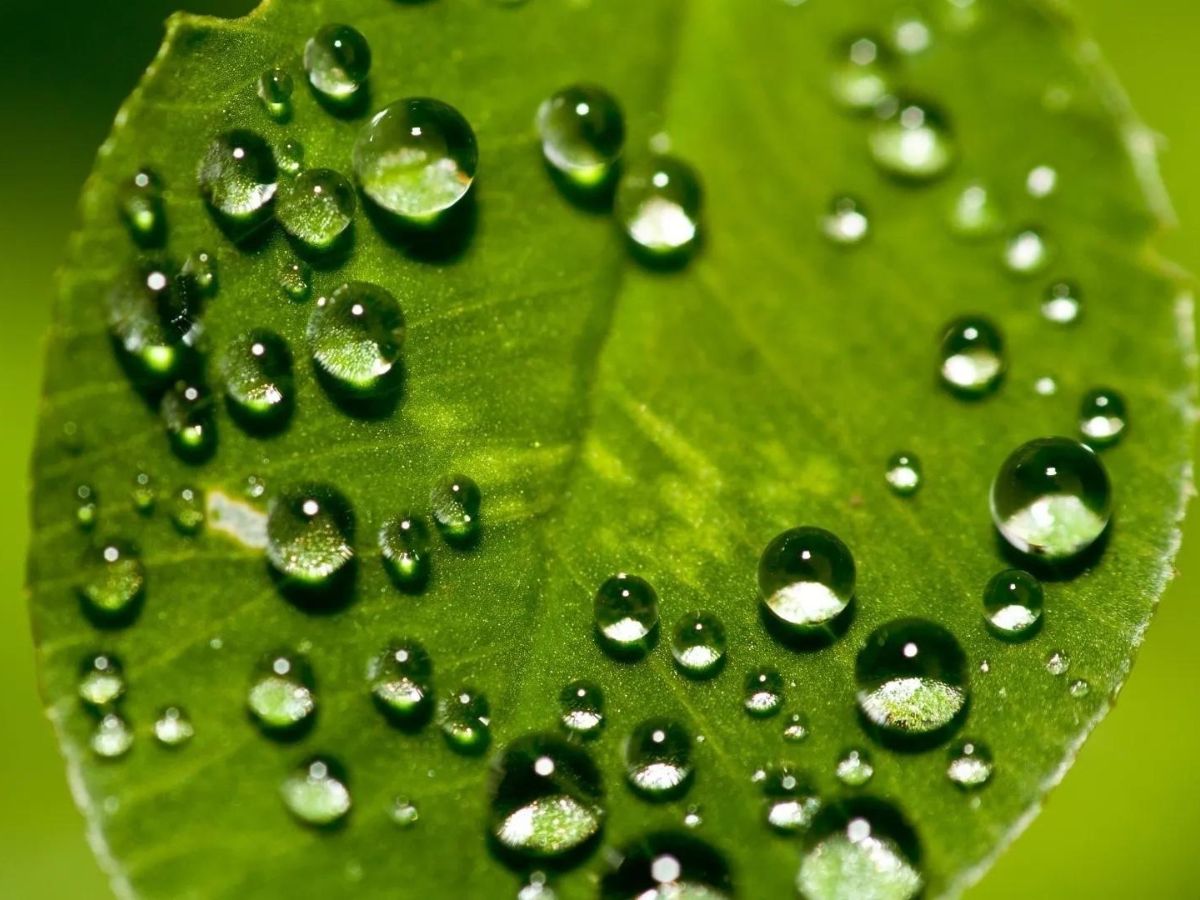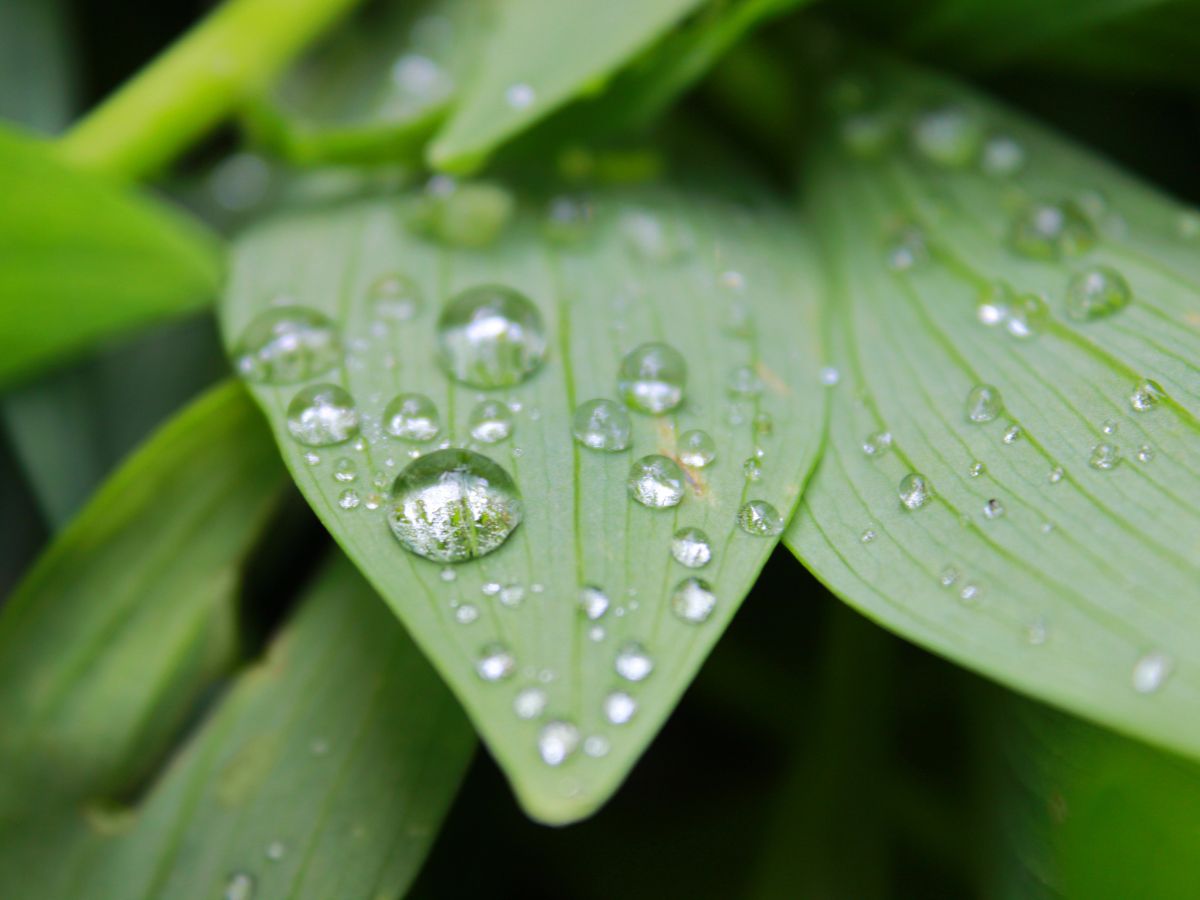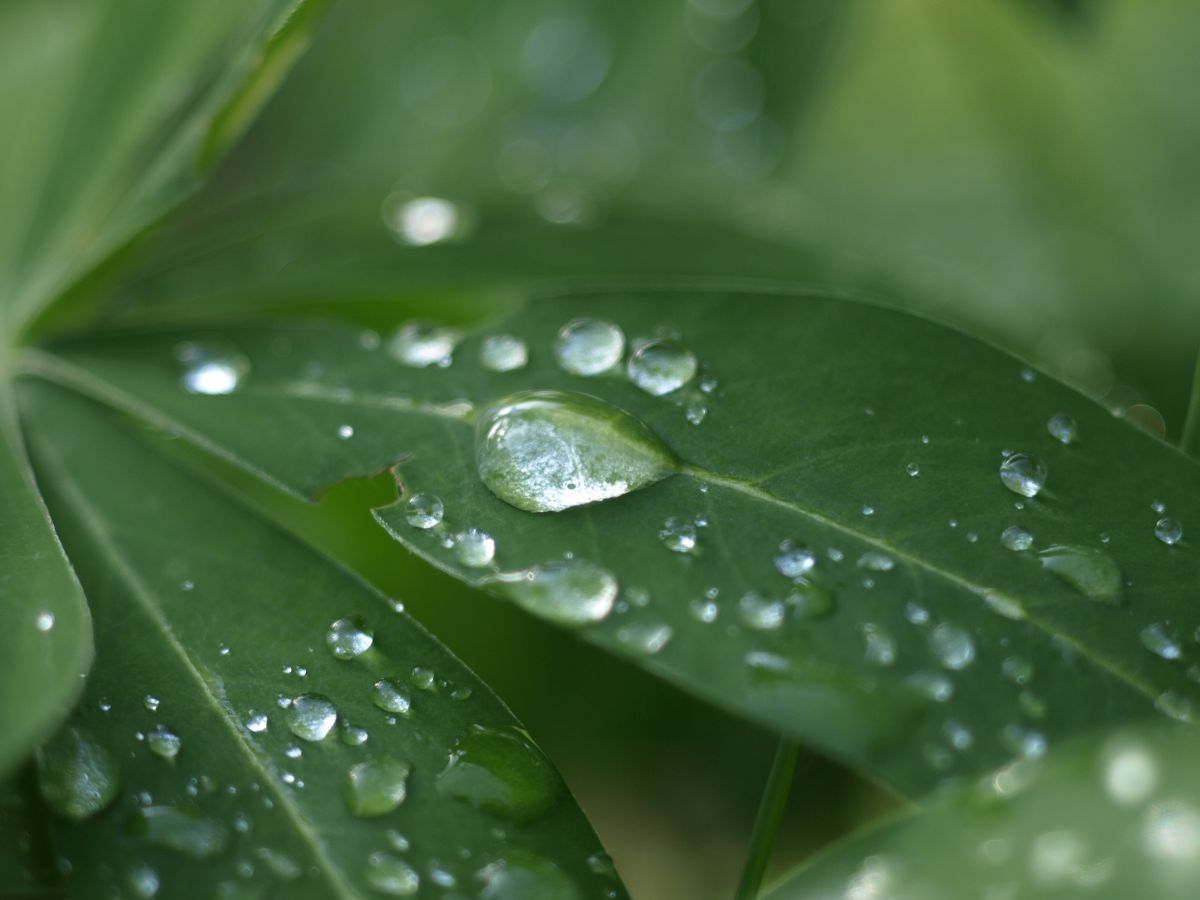Do plants sweat? A question that worries many owners of some indoor plants. There are types of indoor flowers that sometimes “cry”: drops of water appear on the leaves, which flow down and fall to the floor. Monstera, calla, spathiphyllum, dieffenbachia, alocasia, Syngonium, and many others behave similarly. Their owners are worried about their green households: what if the “tears” of a plant may indicate its illness or signal improper care? Let’s figure it out.
There is nothing wrong with the fact that plants cry: such a tearful character is characteristic of plants of the Araceae family, to which all the above flowers belong. They come from hot and humid tropical countries, and the release of excess moisture for them is an extremely important skill that saves them from rotting roots and stems. During the rainy season, the plants are exposed to too much water, and to remove excess water, nature has invented a process that makes plants sweat. This is called guttation. This process is quite common in many tropical rainforest plants and is often observed on the leaf tips of young seedlings.
Today, everyone is accustomed to using special devices to determine the weather, and once upon a time, flowers helped our ancestors learn, for example, about the coming rain. And there are a lot of such plants in nature. By the way, dew on leaves is not poisonous – this is the most common water, which is slightly enriched with minerals contained in the plant.
What Causes Guttation?
The answer is quite simple: a lot of moisture. Guttation usually occurs at night when the soil is wet and the roots are absorbing water. If there is too much water, the pressure from the roots forces the water out of the plant onto the tips of the leaves or the blade of the plant. When water from the soil goes through the guttation process, it collects minerals, enzymes, and other chemicals and is called xylem sap.

Usually flowers “cry” before the rain, because at this time in the air humidity increases and atmospheric pressure decreases. Therefore, if your Calla lily or Monstera suddenly bursts into tears, it means that it may start to rain soon. Do the owners, whose flowers are crying, need to do something? You can reduce the watering a little, but not much, as tropical flowers love moisture.
But why can ordinary indoor flowers, which are not even tropical, cry? The same principle applies here. When you significantly overflow the plant with water, the excess that does not have time to dry gets into the roots, and accordingly, into the leaves. As a result, droplets of excess water appear on the tips of the leaves.
What Is the Difference between Guttation and Dew?
Do not confuse guttation with simple dew drops on flowers. These are two different phenomena. Dew on plants is formed due to the condensation of moisture in the air, and the guttation is the moisture that comes from the plants themselves. Many people mistakenly believe that guttation indicates the oversaturation of plants with moisture. In some way, this is true, but this process can also be a sign of good flora health.
Therefore, you should not immediately drastically reduce watering. Consider the microclimate, features of a particular type, structure, composition of the soil mixture. Note! Guttation allows plants to get rid of an excess of salts and other not very useful substances, such as chlorine, sodium, which enter the roots from the soil.

Note that guttation can only be harmful to indoor flora if you overflow or over-fertilize the flowers. The minerals contained in the droplets can cause plant burns. Yellow, gray, or dark spots appear on the surface of the leaves. In this case, reduce the amount of top-dressing.
How can guttation water be distinguished from ordinary dew caused by strong cooling of the air at night? Attention should be paid to the location of the drops: drops of guttation are usually located at the edges, tips, and teeth of the leaves. And dew, formed from the smallest particles of fog, completely covers the entire surface of the leaf with a thin bluish bloom or small droplets. In addition, dew does not only form on plants.
How Do Plants Give Off the Water?
When a high level of soil moisture occurs, water penetrates the roots of plants, since the water potential of the roots is less than that of the soil. Low light and high humidity contribute to guttation. Water accumulates in the plant, creating a slight pressure at the root.

Root pressure causes water to be released through special holes at the tips of the leaves (hydathodes or glands), forming water drops and also prevents the immediate evaporation of water from the roots. Guttation increases the likelihood of cross-pollination. Sugar substances attract various insects, the land not only on leaves but also on flowers. Sweet droplets act as nectaries that are found in the flower itself.
Finally
The appearance of water on plant leaves due to guttation is a scientifically explainable and quite common physiological phenomenon. If due to weather conditions, you observe water drops of plants for only a couple of days, it is too early to sound the alarm.
But when you understand that the plants have been in conditions of high humidity for quite a long time, it’s time to take action. To do this, try to reduce the amount of water and see how the plant behaves. And to be ready for such unusual phenomena in your green household in the future, we strongly recommend that you study the plant and its habits in detail before buying.


